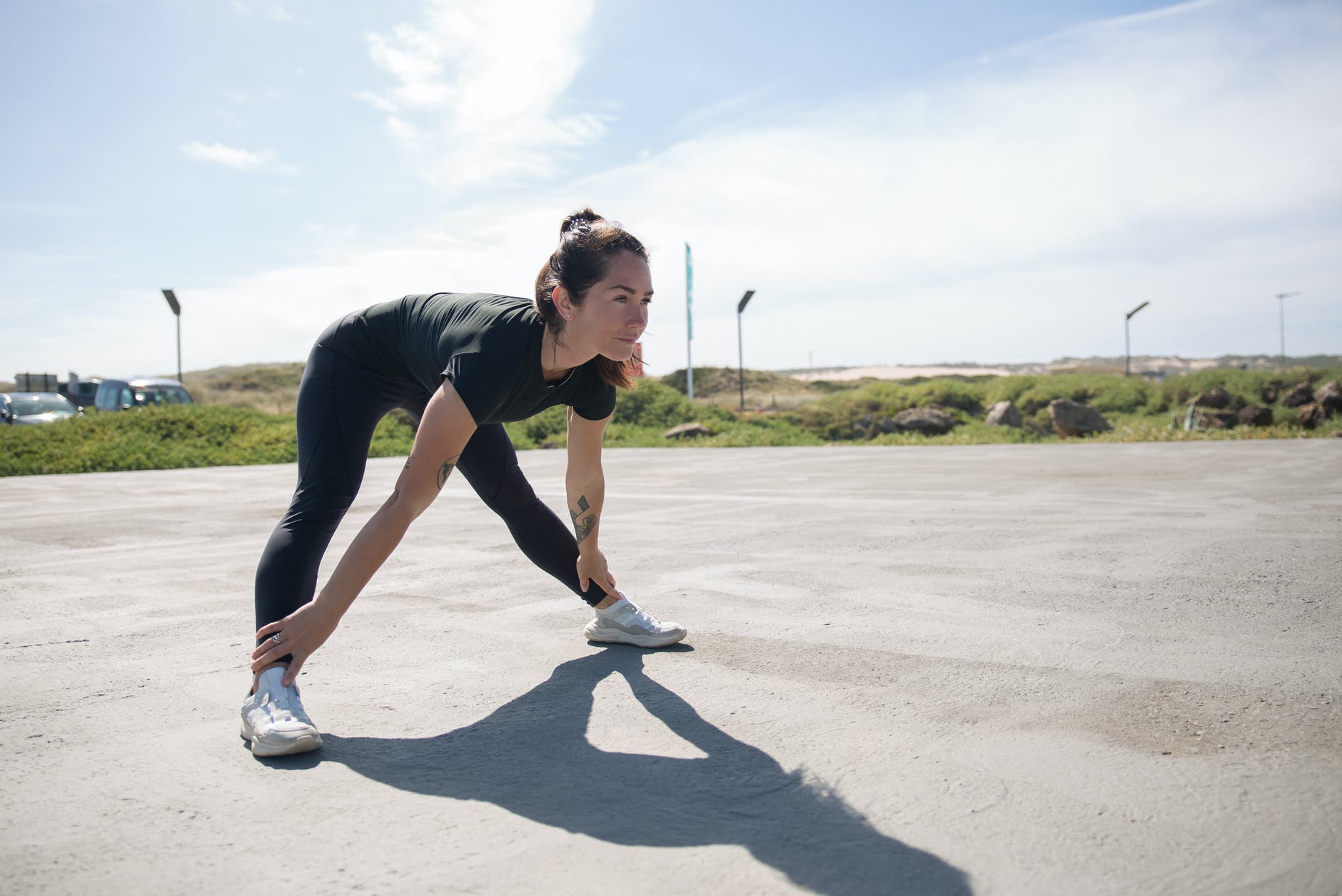Ten minutes of mild, almost languorous, exercise can immediately alter how certain parts of the brain communicate and coordinate with one another and improve memory function, according to an encouraging new neurological study. The findings suggest that exercise does not need to be prolonged or intense to benefit the brain and that the effects can begin far more quickly than many of us might expect.
The findings show that exercise can change our brains and minds right away, without requiring weeks of working out. Even better, the exertion required can be so slight as to allow almost anyone, even those who are out of shape or possibly disabled, to complete the exercise. How, at a molecular level, such gentle exercise affects the brain’s operations is still unknown, although they suspect that changes in blood flow and hormone levels are probably involved. “It looks like people can improve their memories with a short walk or an easy session of something like yoga or tai chi.”
The scientists invited 36 students to sit quietly on a stationary bicycle for 10 minutes or, on a separate visit, pedal the bicycle at a pace so gentle it barely raised their heart rates. The exercise was performed at about 30 percent of each volunteer’s maximum heart rate. By comparison, brisk walking should raise someone’s heart rate to about 50 percent of his or her maximum. So this exercise was very easy. It also was short, lasting for only 10 minutes.
Immediately after each session of the sitting or slow pedaling, the students completed a computerized memory test during which they would see a brief picture of a tree, followed by a variety of other images and then a new image of either the same tree or a similar one. The students would press buttons to show whether they thought each image was new or the same as an earlier shot. The test is difficult, since many of the images closely resemble one another. It requires rapid, deft shuffling through recent memories to decide whether a picture is new or known.
Next, the scientists had each student repeat this sequence inside an M.R.I. machine that scanned the young people’s brains while they responded to the images. The young people were better at remembering images after they had ridden the bike, especially when the images most closely resembled one another. In other words, the harder their memories had to strain, the better they performed after the exercise.
Their brains also worked differently after they had ridden. The M.R.I. scans showed that portions of each student’s hippocampus lit up in synchronized fashion with parts of the brain associated with learning, indicating that these physically separate parts of the brain were better connected now than when the students had not first exercised. And the greater the coordination between the disparate parts of the brain, the better the students performed on the memory test.

